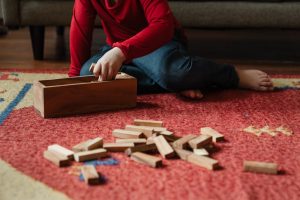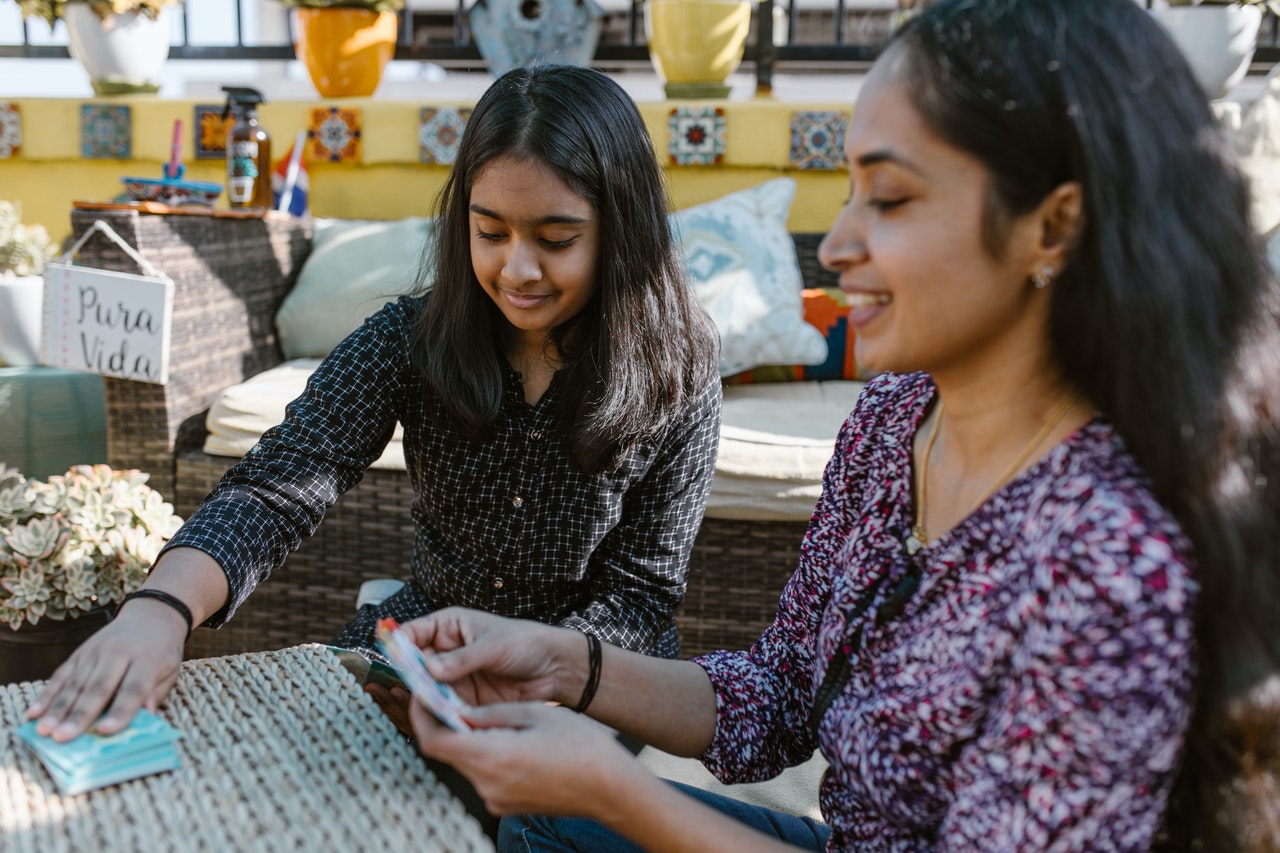Montessori education is a method of educating students which is popular in many educational systems. The basic teaching principles of Montessori are that children should develop and improve themselves through self-directed learning. The Montessori method places great emphasis on the parent-child relationship as the basis for learning. It also places great importance on the socialization of children within their families as well as in the community.
Children who have been Montessori trained are excellent learners. However, they do require some extra guidance and instruction from their teachers while in the process of mastering the skills. A Montessori classroom has a very low student-to-teacher ratio. Parents usually teach their young children. The Montessori approach to schooling does not emphasize or require long teacher training. Typically, a teacher training period lasts for 6 years.
The main aim of Montessori education is early childhood development.
This is possible because of a well-designed set of learning materials, organized and used in the right way within the context of the home. These learning materials should be developed and prepared by the parents and children themselves. For example, Montessori education provides children with large quantities of Montessori learning materials. Those are Montessori textbooks, different colored Montessori cubes, and many more. These learning materials should be used in an appropriate way so that they can be used as learning tools in real situations. Students use these learning tools in their own homes, in Montessori classrooms, in the kitchen, and at the beach.
The child should apply the knowledge
The child should understand, remember, and apply Montessori principles, values, and concepts through their daily experiences. Montessori classroom structures are designed in a way that the different students can learn with utmost ease and understanding. For this reason, the Montessori learning materials are designed and developed in a way that is not structured or conventional. Montessori principles are not presented in a dry, unorganized manner. Rather, there are various Montessori strategies and techniques that make up a Montessori classroom.

The Montessori mindset
One important strategy in the development of a strong Montessori classroom is the development of a highly sensitive and receptive Montessori mindset. This mindset is defined as a highly intuitive, individualistic, and intrinsic approach to learning. The Montessori mindset is a natural classroom that is highly receptive. In a traditional classroom, the student has to learn from someone else or being taught by someone who is biased against the Montessori philosophy. With the Montessori learning environment, the student naturally learns at his or her own pace within an open and supportive environment.
A Montessori teacher
A Montessori teacher can facilitate the development of this Montessori mindset by ensuring that children are well-disciplined and conditioned through appropriate sensory stimulation. Proper sensory stimulation can be achieved through Montessori teacher training in Montessori classes where the teacher plays a role in the development of each individual student. These classes also ensure that children are provided with the proper Montessori toys and supplies for enjoyable learning. Montessori toys such as the Montessori balls are designed with the Montessori philosophy in mind. Children learn spatial awareness, problem-solving strategies, and balancing skills through the use of these toys.
Traditional vs Montessori classroom
In a traditional classroom, children become bored and frustrated quickly as the lesson progresses due to the constant movement and activity that occur within the classroom. As a result, many students sit in the back of the class doing work that they perceive as no fun. In addition, traditional classrooms lack structured study habits that allow students to develop the proper study habits. A Montessori learning environment provides students with the opportunities to engage in structured study time. In that time, they can follow the directions of the instructor in an organized and meaningful way. This type of learning allows students to develop the ability to organize their research into meaningful sections of text. Furthermore, the Montessori learning environment encourages students to use imagination and creativity through the creative process of thinking independently and observing the results of their work.
In summary
Montessori’s teachings on the basic principles of Montessori education provide children and parents with the tools to create an educational plan. That will prepare them for the challenges that are sure to come throughout their school years. These concepts are highly effective in providing children with the competency they need to engage in work-related tasks and to perform well academically. This philosophy encourages young children to become individuals who respect the individual dignity of each student and value the uniqueness of every child. Young people learn to embrace their individual talents and passions to grow as true adults with a sense of what is best for them. The resulting traits will make Montessori education one of the most successful systems of education ever experienced.



